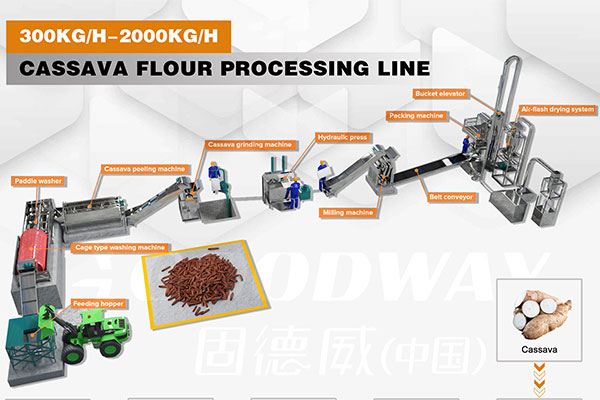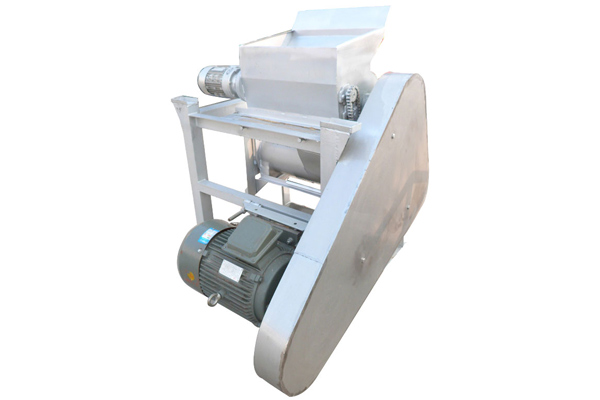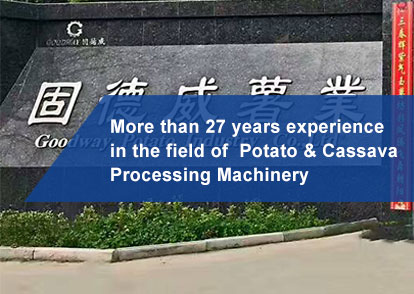Sweet potato is a crop that naturally maintains its hybrid advantage. It is drought-resistant, barren, high-yielding and stable. It is one of the world's main food crops, and also an important feed crop and industrial raw material. Sweet potatoes can be processed into starch, sugar, alcohol, citric acid and other products through appropriate methods. At present, the processing of sweet potato starch is the most common in the vast rural areas of our country, and it is an important means for farmers to increase income and become rich.
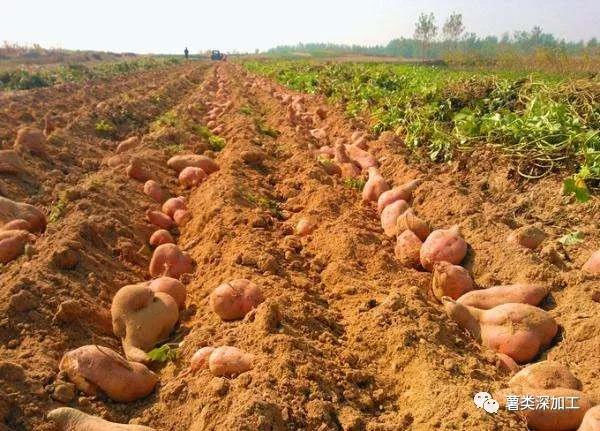
But what followed was the waste water and environmental pollution caused by the processing of sweet potato starch in rural areas. Because the sweet potato starch processing mode in rural areas is more traditional, the starch production method is extensive and backward, the starch processing equipment used is low in automation, the production water consumption is large, but the powder output rate is low and the quality is poor, resulting in huge starch wastewater discharge. Based on the scale of water consumption of more than 10 tons per ton of fresh potatoes processed, it is conceivable that starch processing in small workshops will bring serious environmental pollution problems.
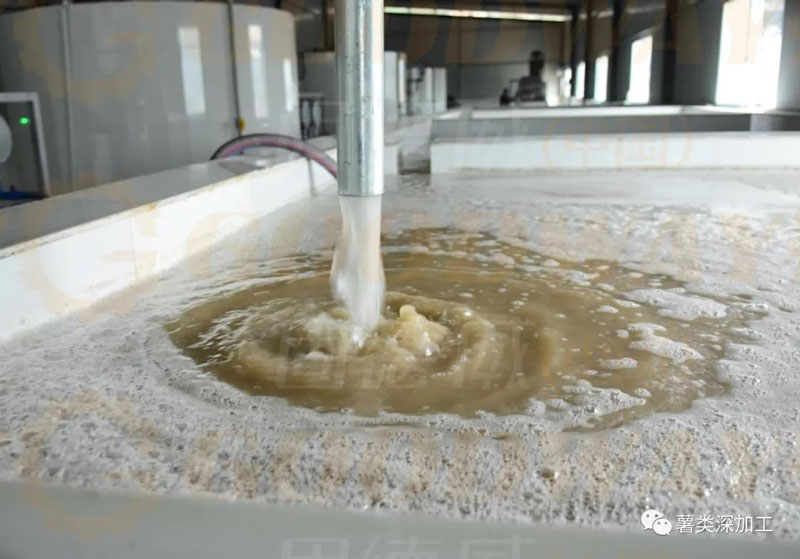
In the peak season of concentrated processing of sweet potato starch, about 1.8 million tons of high-concentration starch wastewater is directly discharged into the river water body without any sewage treatment measures. The crushed and filtered sweet potato starch is separated from the waste residue wastewater. The organic load of the starch wastewater is high, and the COD concentration is high. Up to 5000-10000mg/L, ammonia nitrogen content reaches 30-100mg/L, SS reaches 2000-3000mg/L. The discharge of a large amount of starch wastewater caused the river waters to become black and smelly. The water quality indicators such as ammonia nitrogen and COD exceeded the standard seriously. The lack of oxygen in the water caused the extinction of fish and shrimps, and the water quality ecosystem was severely damaged.
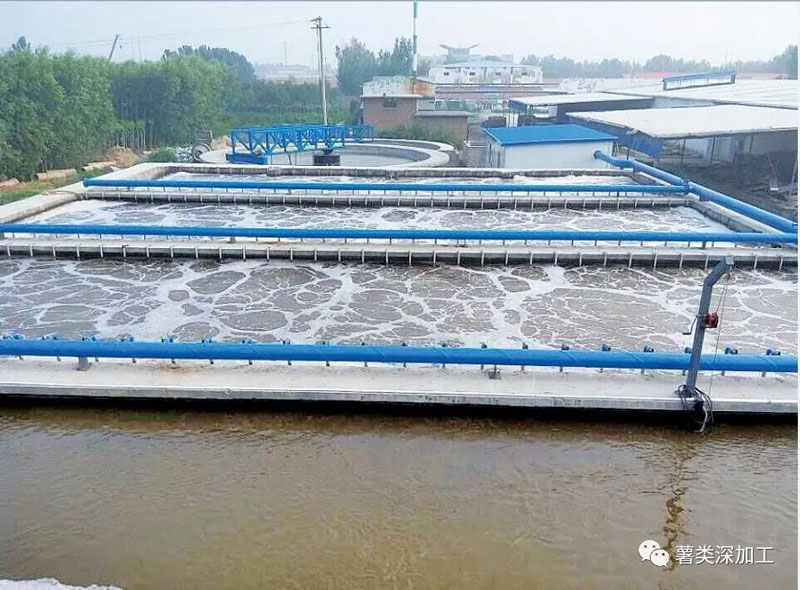
Family workshop-style sweet potato starch processing wastewater discharges are scattered. The cost of starch wastewater treatment for one household is too high, and it is difficult to conduct centralized and effective treatment; on the other hand, family-style starch processing equipment is simple, backward in technology, starch yield, and starch quality. Low and difficult to guarantee. Therefore, in order to change the high-polluting production method of sweet potato starch in rural household workshops, it is necessary to develop clean production technology suitable for large-scale sweet potato starch processing in rural areas and replace the use of modern sweet potato starch processing equipment to increase the filter rate and water resources. The reuse rate greatly reduces the production of starch wastewater.
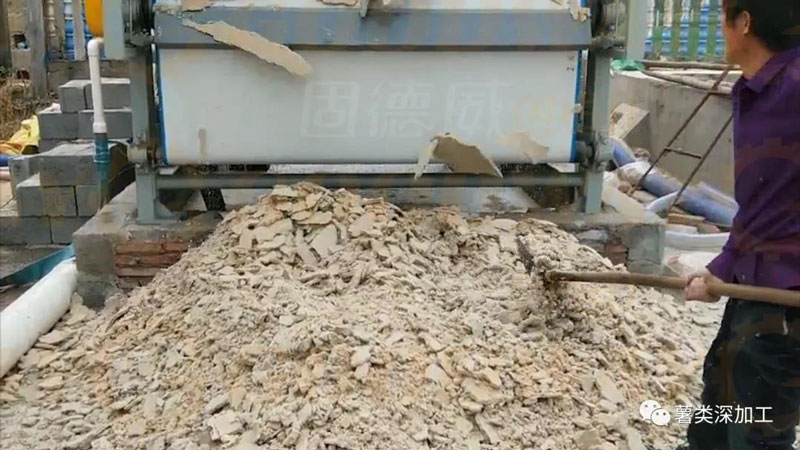
Low-cost wastewater treatment equipment suitable for sweet potato starch processing households in rural areas. The cost should not be too high. It can realize the irrigation and reuse of starch wastewater tail water and greatly reduce the discharge of starch wastewater; improve the yield and quality of sweet potato starch. Improve the economic benefits of starch production, increase farmers' income, and promote the low-pollution sweet potato starch production model.
BY: Iris Xu
WHATSAPP:+8618638955099

 EN
EN
 fr
fr  es
es  it
it  pt
pt 